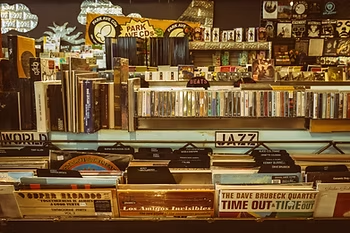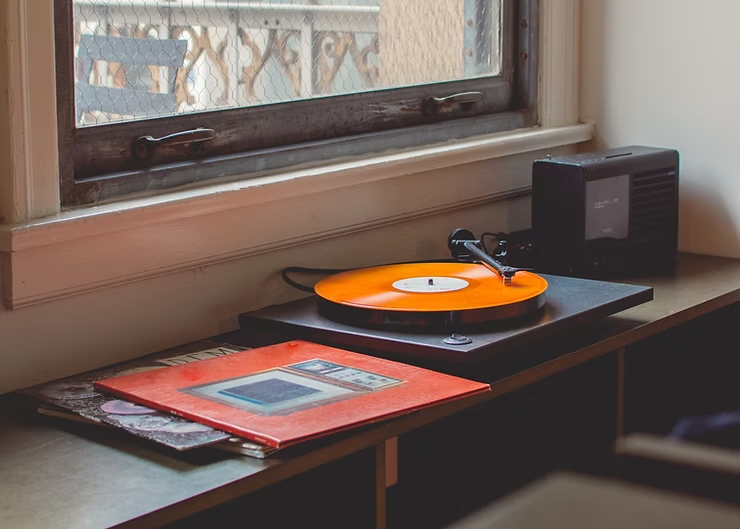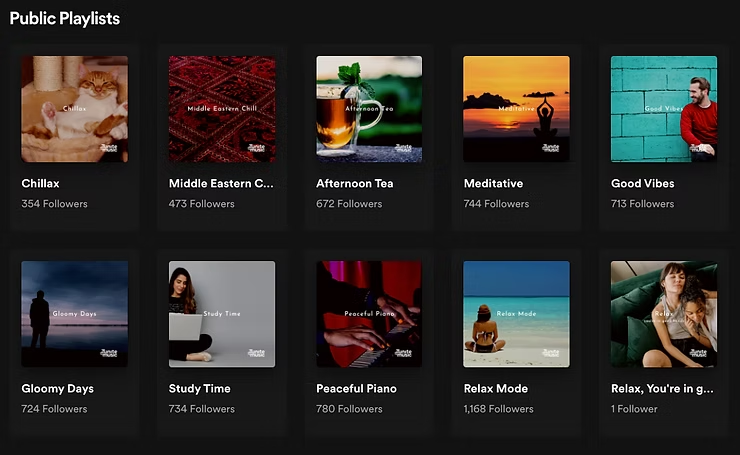
In the modern music industry, the term “digital album” has become ubiquitous, reflecting the ever-changing nature of how we create, share, and experience music. But what exactly is a digital album? How does it differ from a physical album, and what are its advantages in today’s music landscape? Let’s delve into these questions and unpack the significance of digital albums in the world of music.
What Is an Album? A Brief Overview
Before we define a digital album, it’s essential to understand what constitutes an album. Traditionally, an album is a collection of songs grouped and released as a cohesive unit. Albums can serve as artistic statements, representing a musician’s creative vision, or as a curated collection of tracks exploring specific themes or styles.
Historically, albums were released as physical products—vinyl records, cassette tapes, and later, CDs. Each format carried its distinct charm and challenges, with packaging often featuring artwork and liner notes to enhance the listener’s experience. These physical releases required substantial resources for production, distribution, and storage, making them an industry dominated by record labels and large-scale distribution networks.
Digital Album Meaning: A New Era for Music
A digital album is the digital counterpart to the traditional physical album. Instead of being released on a tangible medium like a CD or vinyl record, a digital album exists in a virtual format, accessible through online platforms. These albums can be streamed, downloaded, or purchased from services such as Spotify, Apple Music, Bandcamp, or Amazon Music.
The core concept remains the same: a digital album is a curated collection of songs intended to be consumed as a unified body of work. However, the shift to digital formats has brought several advantages:
- Convenience: Listeners can access digital albums instantly from any device connected to the internet.
- Global Reach: Artists can share their work worldwide without the logistical and financial barriers associated with physical distribution.
- Sustainability: The absence of physical materials reduces the environmental impact of music distribution.
- Cost-Effectiveness: Without production and shipping costs, digital albums are often more affordable for consumers and profitable for artists.
Digital Album vs. Physical Release: Key Differences
The transition from physical to digital formats has reshaped the music industry. Here’s how digital albums differ from their physical predecessors:
- Format and Ownership:
- A physical album is something tangible—a vinyl record, CD, or cassette that you can hold, display, or collect.
- A digital album is intangible, existing as files stored on a device or in the cloud.
- Accessibility:
- Physical albums require physical players (e.g., a turntable for vinyl).
- Digital albums can be played on smartphones, tablets, and computers using apps or streaming platforms.
- Artwork and Liner Notes:
- Physical albums often include intricate cover art, booklets, and lyrics.
- Digital albums may offer digital booklets or supplementary materials, but these are less common and lack the tactile experience of physical releases.
- Durability:
- Physical albums can degrade over time or be damaged.
- Digital albums, stored properly, do not deteriorate, although they depend on technological infrastructure to remain accessible.
Advantages of Digital Albums for Artists and Listeners
For artists, digital albums democratize music production and distribution. Independent musicians can release their work without the backing of a record label, reaching audiences directly through platforms like Bandcamp or Tunecore. They can also track metrics such as streams, downloads, and listener demographics to refine their strategies.
For listeners, digital albums offer unparalleled convenience and variety. With a subscription to a streaming service, users gain access to millions of albums spanning every genre, including rare and niche works that might never have been physically distributed.
The Continued Relevance of Physical Releases
Despite the dominance of digital formats, physical releases remain relevant, particularly for collectors and audiophiles. Vinyl records have seen a resurgence, celebrated for their superior audio quality and nostalgic appeal. Special editions of physical albums, often bundled with exclusive artwork, merchandise, or behind-the-scenes content, create a sense of exclusivity that digital albums lack.
In addition, physical releases can hold sentimental value, serving as keepsakes for fans who cherish the tactile connection to an artist’s work.
Future of Digital Albums
The evolution of digital albums continues, influenced by advancements in technology and changing listener habits. Innovations like immersive audio (e.g., Dolby Atmos) enhance the listening experience, while blockchain technology enables artists to release music as NFTs, offering digital ownership akin to collecting physical albums.
As platforms adapt, we may see even more creative ways to experience digital albums, such as interactive multimedia experiences combining music, video, and virtual reality.
Conclusion
The digital album is more than just a modern format; it represents a paradigm shift in how we engage with music. By removing physical barriers, digital albums have empowered artists and enriched the listening experience for fans worldwide. Yet, even as the music industry embraces the digital age, the allure of physical releases endures, reminding us of the timeless connection between music and its tangible expressions.
Whether you’re downloading a digital album or spinning a vinyl record, each format offers its unique charm, ensuring that music remains a vital and evolving art form.
Explore More
If you’re interested in diving deeper into the world of music, check out our other posts on music distribution, album formats, and emerging trends in the industry!








